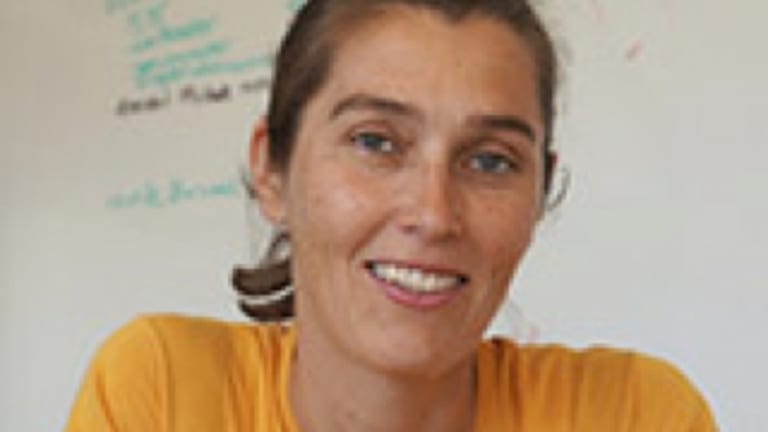From junior to tenure: player-turned-professor Ania Bleszynski
By Aug 18, 2020Style Points
Roger Federer, Rafael Nadal team up in snowy shoot for Louis Vuitton's Core Values campaign
By May 18, 2024Rome, Italy
Iga Swiatek stands alone on the WTA after completing Madrid-Rome double
By May 18, 2024Rome, Italy
Rome ATP Final Preview: Alexander Zverev and Nicolas Jarry cap another surprising men’s week
By May 18, 2024Betting Central
Pick of the Day: Nicolas Jarry vs. Alexander Zverev, Rome final
By May 18, 2024Your Game
Geared Up: Tommy Paul plays his relentless style with Yonex and New Balance
By May 18, 2024Rome, Italy
Iga Swiatek defeats Aryna Sabalenka to win Rome and complete rare Madrid-Rome sweep
By May 18, 2024Rome, Italy
Rome: Nicolas Jarry seeks Chile's first Masters 1000 title in 25 years after edging Tommy Paul
By May 18, 2024Rome, Italy
Iga Swiatek vs. Aryna Sabalenka: What their Rome final could mean for their rivalry
By May 17, 2024Style Points
All-black everything: Novak Djokovic to play in exclusive “Legend” racquet for rest of his career
By May 17, 2024From junior to tenure: player-turned-professor Ania Bleszynski
“What tennis has taught me was absolutely invaluable,” says the former top-ranked junior in the United States. “You know what it takes to work hard.”
Published Aug 18, 2020
Advertising

From junior to tenure: player-turned-professor Ania Bleszynski
Advertising
Advertising

From junior to tenure: player-turned-professor Ania Bleszynski